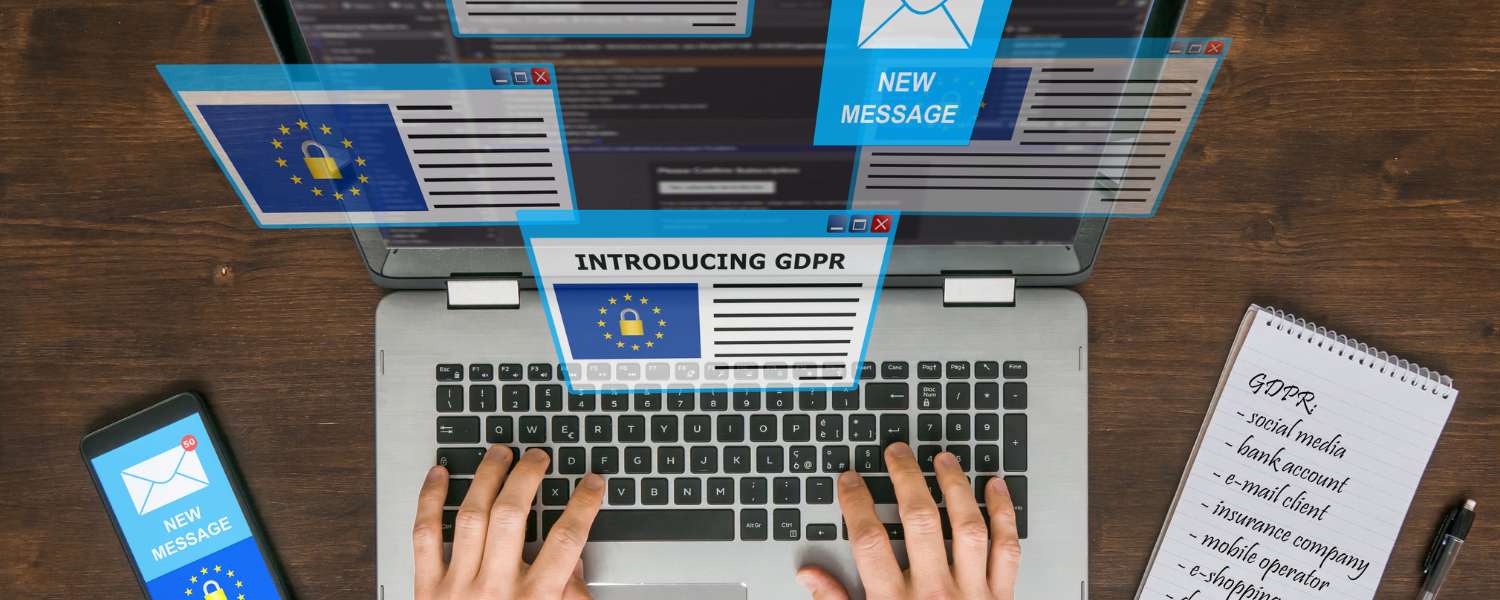
Streamlining Your Billing and CRM Processes
In the digital age, integrating various business systems such as CRM, accounting, and ERP systems with your subscription billing platform is not just a convenience — it’s a strategic imperative.
Billsby, renowned for its robust subscription billing capabilities, pairs exceptionally well with platforms of third-party systems like QuickBooks, CISCO Webex as well as more niche systems like Firmao’s CRM platform which enhances operational efficiency and offers a unified view of customer interactions and financial transactions.
In this article, we focus on how to integrate into Billsby such smaller platforms and provide a comprehensive guide, with recommendations, for a seamless and secure integration of Billsby with your existing platforms. As you knit systems together, it’s crucial to approach integration and security with equal rigor.
These are the top 5 points to think about when considering the integration of two systems:
1. Data Synchronization
Before integration, it’s crucial to understand what data you want Billsby to exchange with your existing systems. For instance, when Firmao CRM integrates with Billsby, customer information, payment details, and subscription statuses are essential data points to consider.
This will ensure that customer interactions and billing processes are perfectly aligned, providing a comprehensive view of customer activities.
2. Inbound Data Considerations
Similarly, you need to determine what data should flow into Billsby from your existing systems. Firmao CRM, for instance, might provide customer contact details, service preferences, or sales pipeline information that could be vital for customizing billing procedures in Billsby. This two-way data exchange lays the foundation for a fully integrated system.
3. Pre-existing integrations with Billsby
Check if Billsby already offers native integration with your system as it does with QuickBooks, CISCO WebEx, WIX etc.
In the event there is no native integration then tools like Zapier offer a neat alternative and can significantly simplify the integration process. See https://www.billsby.com/product/integrations and https://zapier.com/apps/billsby/integrations
4. Integration Methods: Direct or API-Based
Decide whether to use Billsby’s built-in solutions or to develop a custom integration using the Billsby API. While Billsby’s in-built solutions offer ease and convenience, the API option provides flexibility and customization, as seen with Billsby’s recent integration with Firmao CRM using Zapier which allows for tailored triggers and actions based on specific business needs and took seconds to set-up for Firmao - see https://firmao.io
5. Payment Gateway Compatibility
Ensure your chosen payment gateways are supported by Billsby. This is critical for seamless financial transactions and accounting reconciliations, and it ensures that your customers have a smooth payment experience. Billsby supports a number of payment gateways which can be used simultaneously, see https://support.billsby.com/docs/payment-gateways
Case in Point: Firmao CRM’s Integration with Billsby
Firmao CRM, a robust European alternative to systems like Salesforce and HubSpot, recently integrated with Billsby, showcasing how seamless the process can be. By leveraging Zapier, Firmao CRM has automated the flow of data between the systems. This setup triggers actions like creating new deals in Firmao whenever a payment is processed in Billsby.
Simplifying the Integration Process
The process begins with enabling API access in both systems. In Firmao, this was done through the admin panel under ‘company settings’. In Billsby, the API key can be obtained from the ‘Settings > Configuration’ section. Once these credentials are set, platforms like Zapier can be used to define specific triggers and actions, automating the data flow, and ensuring that both systems work in unison, enhancing your business efficiency.
Security Considerations
When integrating different systems such as Billsby with CRM, accounting, ERP, etc., the security of data and the system itself against outside intrusion or hacking is paramount. These are some targeted recommendations to ensure robust security in the realm of GDPR compliance and system security against potential threats:
Security of Data and GDPR
1. Data Minimization and Purpose Limitation
Ensure that only essential data is synchronized between Billsby and other systems such as Firmao CRM. Define clear purposes for the data processing activities and stick to those purposes, aligning with the GDPR principles of data minimization and purpose limitation.
2. Data Mapping and Transparency
Maintain a clear map of where and how data flows between systems. This includes understanding which data points are shared, where they are stored, and who has access to them. Transparency in data processing activities is a core requirement of GDPR.
3. Data Protection by Design and by Default
Implement robust data protection measures from the outset. This means setting the strictest privacy settings by default and designing the systems in such a way that they provide protection throughout the entire data processing cycle.
4. Data Subject Rights
Ensure mechanisms are in place for data subjects (the individuals whose data is being processed) to exercise their rights under GDPR. This includes rights to access, rectify, erase, or port their data, and mechanisms for data subjects to withdraw consent where relevant.
5. Vendor Assessments and DPAs
When using third-party services like Zapier for integration, conduct thorough assessments to ensure they comply with GDPR. Ensure Data Processing Agreements (DPAs) are in place with all vendors that handle personal data.
Security of the System Against Outside Intrusion or Hacking
1. Regular Security Audits and Penetration Testing
Conduct regular security audits and penetration tests to identify and fix vulnerabilities in the integrated system. This should be a continuous process, adapting to new threats as they emerge.
2. Robust Authentication and Access Control
Implement strong authentication mechanisms and ensure that access control is strictly enforced. Multi-factor authentication (MFA) should be standard practice, and access should be based on the principle of least privilege.
3. Encryption of Data in Transit and at Rest
Encrypt sensitive data both in transit (as it moves between Billsby, Firmao CRM, and other systems) and at rest (when stored in databases). Use strong encryption standards and regularly update encryption keys.
4. Regular Updates and Patch Management
Ensure that all components of the integrated system are regularly updated. This includes the underlying platforms (like Billsby and Firmao CRM), any integration tools (like Zapier), and the infrastructure they run on.
5. Incident Response Plan
Develop and regularly update an incident response plan. This plan should outline the steps to be taken in the event of a security breach, including containment, eradication, recovery, and post-incident analysis.
6. Continuous Monitoring and Anomaly Detection
Implement tools and processes for continuous monitoring of the system. Set up anomaly detection mechanisms to alert you to unusual activities that might indicate a security breach.
By meticulously addressing the above, you can significantly fortify the integration of Billsby with other systems against data breaches and external intrusions, aligning with GDPR requirements and bolstering overall system security.
Conclusion: Empowering Your Business with Smart Integrations
Integrating Billsby with systems like Firmao CRM will not only streamline your billing and customer management processes but will also open up new avenues for business growth and customer satisfaction. By considering these five key factors, you can ensure a smooth integration process, paving the way for a more connected, efficient, and robust business operation.
In the realm of SaaS and tech, integration is not just about software; it's about strategically aligning your business processes for optimal performance and customer experience. Billsby's collaboration with Firmao CRM is a testament to this, setting a standard for how businesses can leverage the power of integration to scale new heights.
About Us
Billsby is a sector leading subscription billing software company, helping businesses, manage the issuing of invoices and the collection of recurring payments. Ranked by G2 as the Number 1 subscription billing platform, Billsby streamlines billing operations, offers flexible subscription management, integrates with various systems, and provides real-time analytics, enhancing efficiency and scalability. Billsby provides the simplest and easiest solution for businesses choosing to adopt a subscription billing model, helping them to maximize their subscription revenue potential. For more in-depth guidance and bespoke solutions, visit www.billsby.com today.






